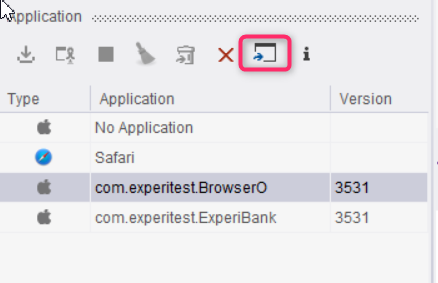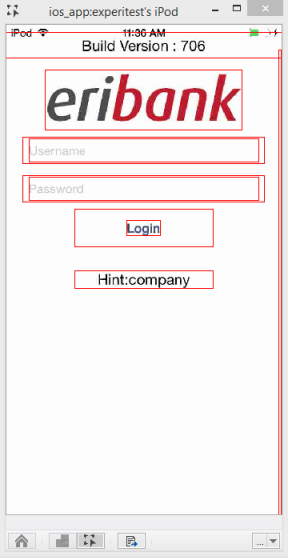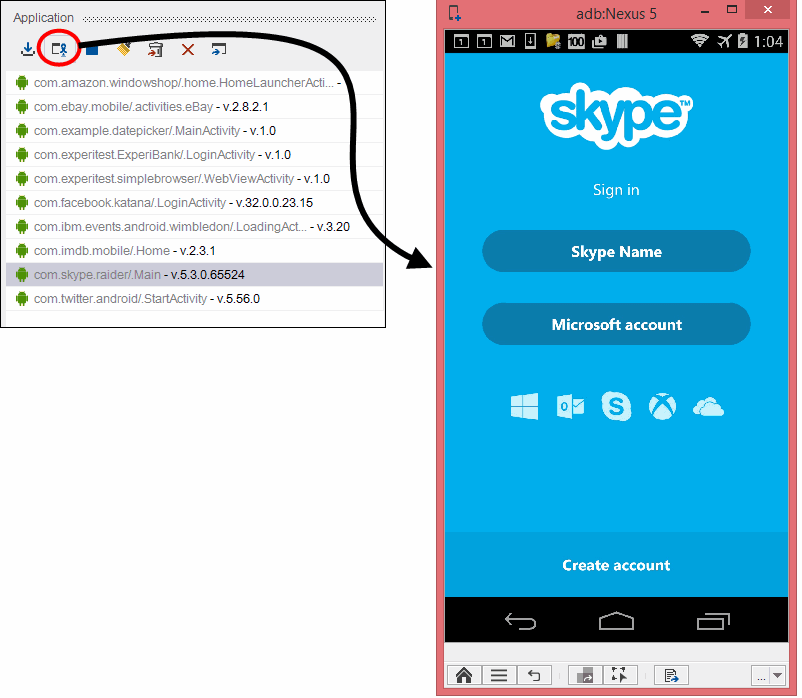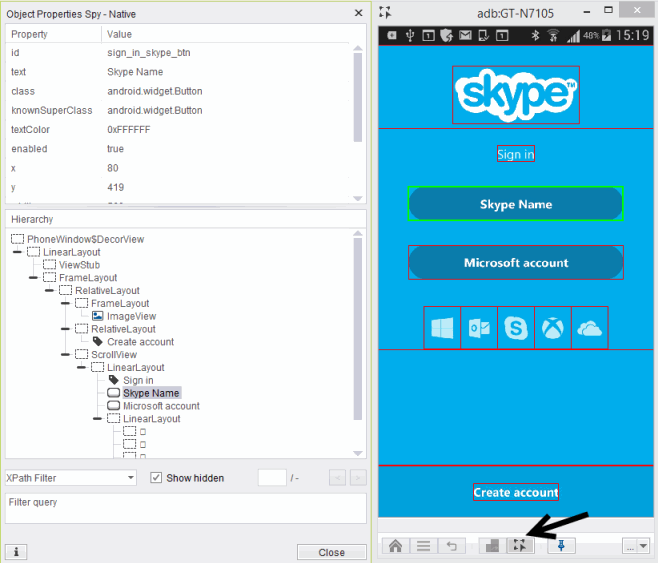Instrumenting Android Applications
Please note that this tool is classified as a Legacy tool. We recommend transitioning to our updated solutions to maintain optimal performance and security in your workflows. For more information on this matter, please reach out to technical support .
-
info
-
Version downgrade is allowed on debuggable packages only.
-
In some cases, manual instrumentation is required, if the automatic process does not work.
-
Instrumenting Android Watch applications is not supported.
-
Prerequisites
- The application must have network access permission. If it doesn't, add this permission to your application manifest file:
-
Android's third-party libraries must not be obfuscated, particularly:
- Android support libraries; such as RecyclerView.
- Chromium Webview
- Cordova WebviewAppium Studio uses these libraries for you to build your automated tests in instrumented mode. If you obfuscate these libraries, you will not be able to enjoy all the automation features and support that SeeTest offers working with these libraries; such as retrieving web dumps from chromium or Cordova web views or scrolling a Recycler view.
Configure the Signing Keystore for your Instrumented Application
Similar to any Android application, instrumented applications undergo a signing process. The tool provides you with two options to sign the instrumented version of your application: One is to sign it with the SeeTest debug Keystore, which is used by default. The other is to sign it with your customized Keystore. In some cases, especially if your application is guarded against security issues, the second is preferable since it is more resistant to security limitations.
-
Click Tools > Android Sign Configuration.
-
Select Configure your customized Keystore, then fill in the data needed for the application signing process. By default, SeeTest Keystore will be used to sign instrumented applications.
Instrumentation Process
-
In the Application Manager, select the application to be imported, then click Import/Sign Application.
**
**
-
In the file dialog box select the apk file, then click Import. The process should take between 1-3 minutes depends on the application size.
-
Click Yes.
Alternatively, choose the application identifier on the application manager list and click the 'Install' icon.
-
Click Yes.

Alternatively, choose the application identifier on the application manager list and click the 'Launch' icon.

-
After launching the instrumented application, click the Spy button to identify the application's Native objects.
